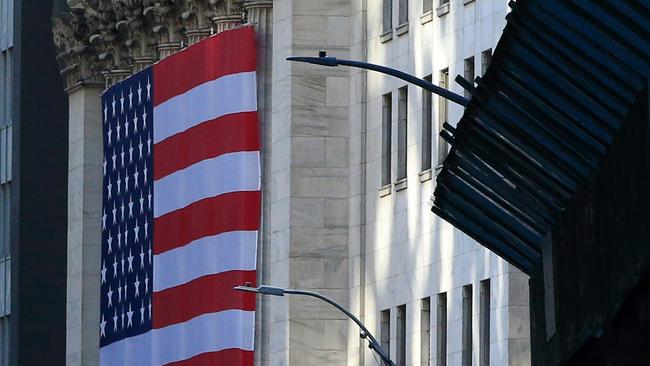Why are the markets rallying?

Of course, it’s far too easy to assume this is solely due to the outcome of the US elections – that isn’t the full story by a long shot.
As predictions before November 3 had tightened around a likely win for Democrat challengers Joe Biden and Kamala Harris, some institutional funds positioned for a renewed boost for the so-called “reflation” trade.
Under this scenario, trillions of dollars of stimulus enacted by Democrats in power would improve operational conditions and the outlook for sharemarket laggards including oil and gas stocks, financials and other cyclicals.
Such a scenario hasn’t gone missing, but it is now linked to a successful vaccine development which is distinctly possible, even if some dimensions are uncertain.
Throughout the year some investors had elected to take cash out of the market, and that cash is now rapidly re-entering, which easily explains the strong gains witnessed for US equities last week, as well as in Australia. The sudden switch in momentum was backed up by the US bond market, which saw yields initially creeping higher on anticipation of trillions of dollars in Democrat stimulus spending.
In simple terms: rising bond yields weigh on valuations for longer-dated assets and capital-light business models such as technology stocks – falling yields, on the other hand, are useful.
As it turned out, in the few days since both the US election and the Pfizer announcement of a breakthrough vaccine, US bond yields fell back down again.
Wall Street moves are usually replicated on the Australian bourse, but because large techs such as Apple, Alphabet, Microsoft, Amazon and the like nowadays represent some 40 per cent of the S&P500 – compared with a fraction on the ASX – the gains for the Australian market have once again been greatly overshadowed by those seen in the US.
Still, a separate supportive factor for local shares has come from the RBA with governor Philip Lowe joining all major central banks overseas with enlarging the balance sheet to provide excess liquidity to the economy and pin local bond yields close to zero.
In light of the multi-trillion-dollar bond buying programs enacted by central banks in Japan, Europe, Canada, the UK and the US, it seems a bit far fetched to attach a lot of influence to the additional $100bn program the RBA announced this month.
But a recent analysis by Macquarie suggests what the RBA is planning to do is catching up quickly on the Federal Reserve in the US.
On a relative basis, argues Macquarie, the RBA buying $5bn in Australian bonds each week is far more powerful for the much smaller economy than the Fed spending $US21bn a week in support of US credit and bond markets.
Assuming all the RBA’s programs and intentions are fully exercised, its balance sheet is projected to rise to about 25 per cent of local GDP, compared with the Fed at about 34 per cent of America’s GDP.
On Macquarie’s analysis, the sectors with the strongest positive links to central bank quantitative easing (QE) programs are real estate, technology and communications, and most industrial sectors are beneficiaries. In 2020, the correlation with consumer staples hasn’t been great, but Macquarie suggests this is due to investors treating the likes of Woolworths and Coles as COVID “safe havens”, which means those stocks did not de-rate during the February-March sell-off.
The twist in this story is that Macquarie suspects the key beneficiaries from the next $100bn in RBA QE might be financials: that is, banks and insurers. Of course, that view is in trouble if the RBA starts targeting longer-term bond yields, or decides to move into negative yield territory.
In the absence of these two scenarios, Macquarie sees yields on longer-dated bonds moving higher over the next six months, which also provides support for those still hopeful the reflation trade, otherwise known as “value” investing, can still make a comeback in 2021, and/or beyond.
One last thing: there is one other factor that hasn’t attracted much coverage just yet – expectations for more mergers and acquisitions announcements are rising.
Debt remains cheap and the worst of the pandemic impact is probably behind us. Analysts suspect more and more businesses will be looking for growth.
In many cases, the easiest way to achieve it might just be through buying a cheaper-priced target.
Note market speculation surrounding Tabcorp, while companies including Link Administration and AMP have received unsolicited approaches.
Rudi Filapek-Vandyck is the editor of stock research service www.fnarena.com






Despite a claim by the 45th president of the US that if he were to be voted out of office the sharemarket would tank, equities are having a jolly good time in November.